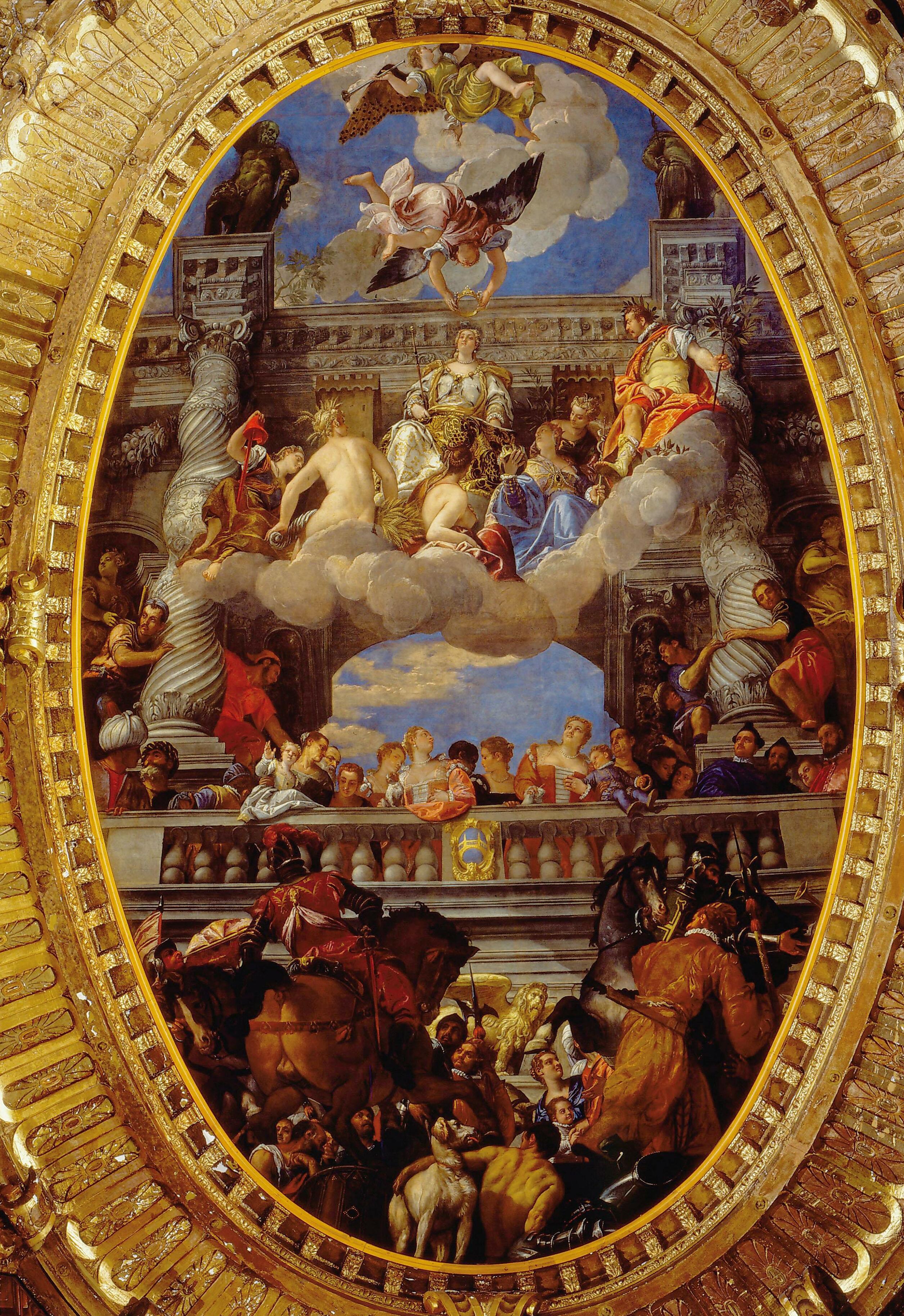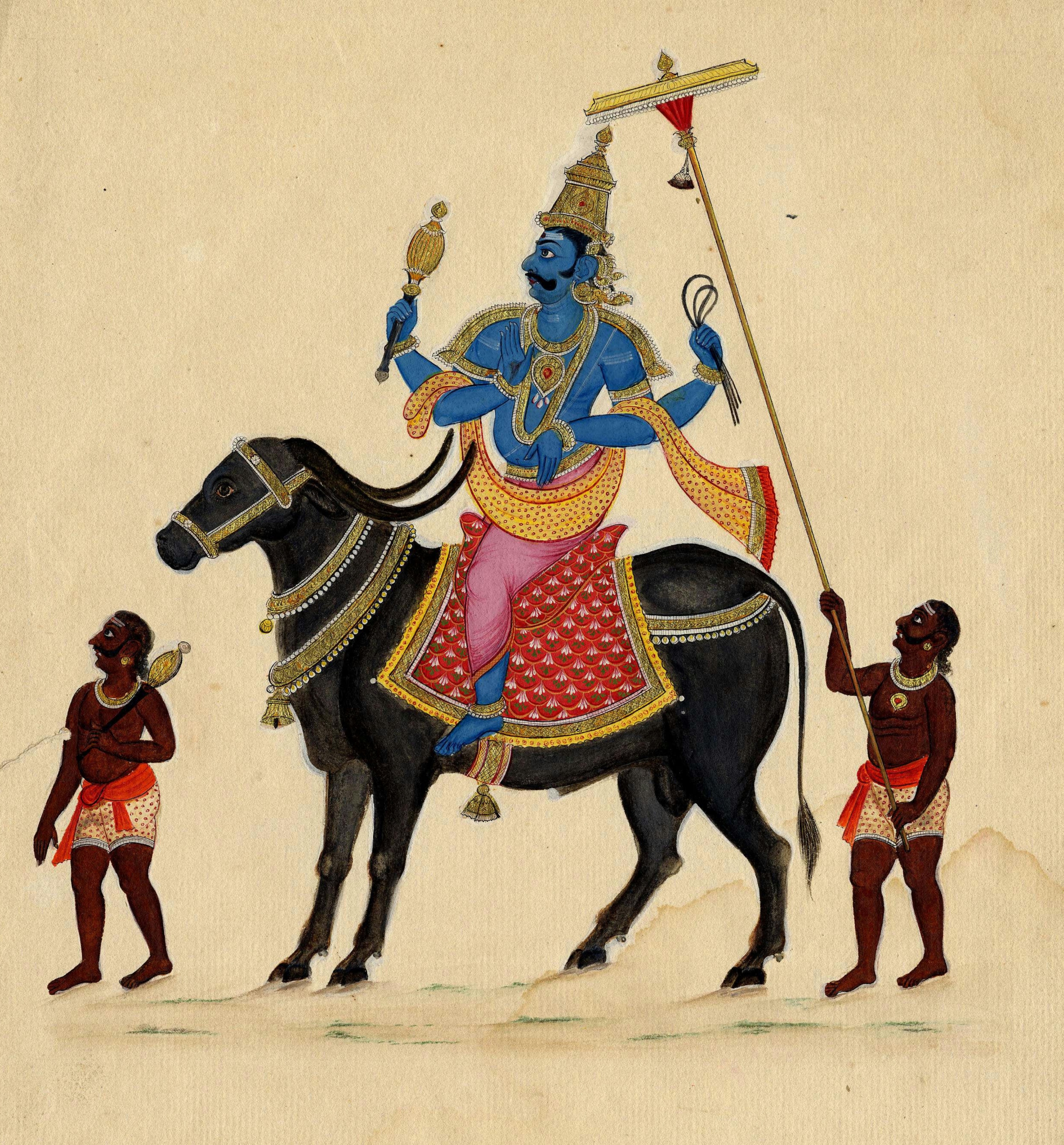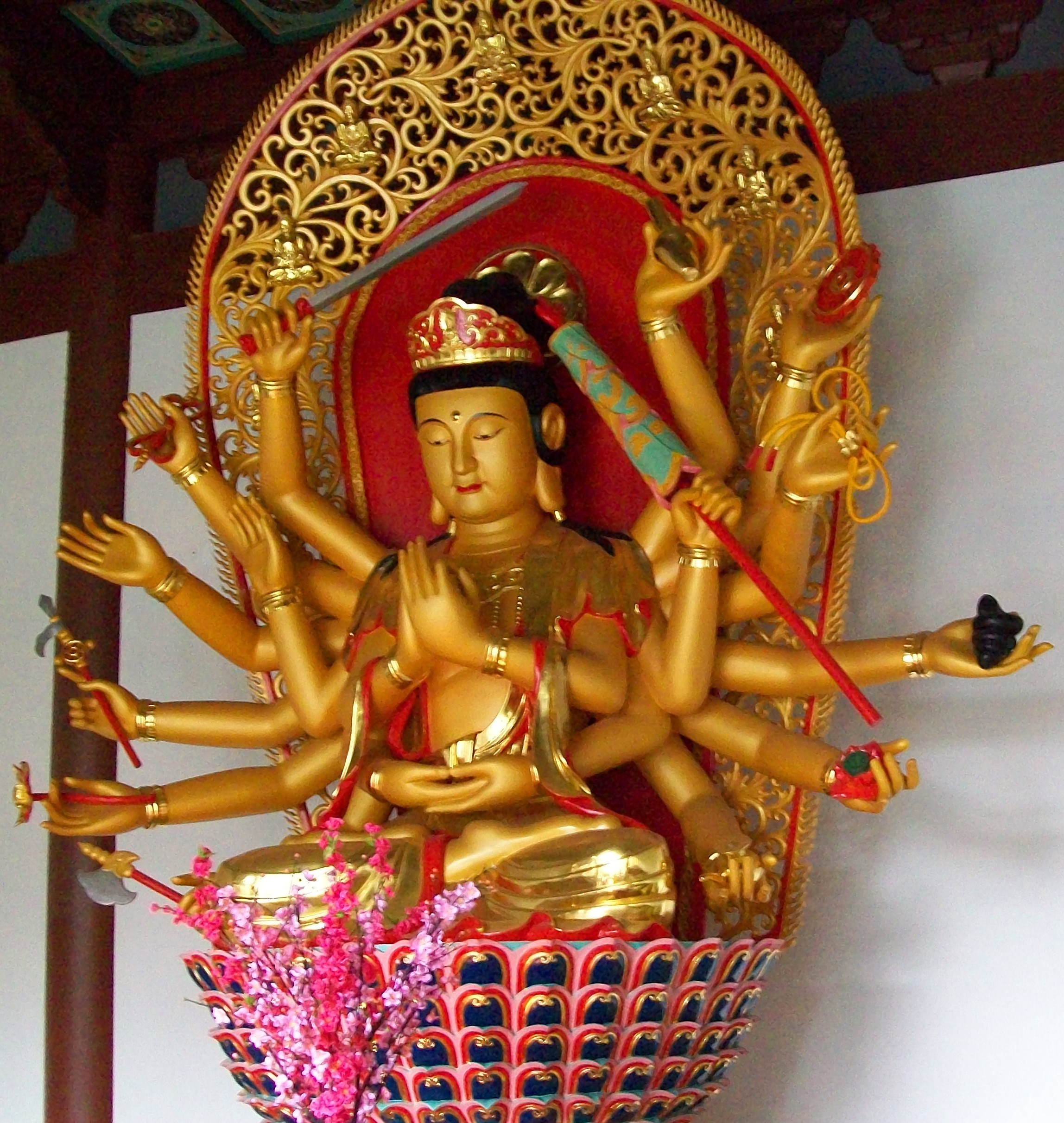|
Jiang Ziwen
Jiang Ziwen () was a '' wei'' of Moling (modern Nanjing) county in China during the Eastern Han dynasty. Originally from Guangling, now a district of Yangzhou in Jiangsu Province, he became addicted to wine and women, but was nonetheless recognized for his unusual phrenology. In the course of putting down an insurrection, he was killed by a blow to the forehead. During the Three Kingdoms era, people repeatedly reported encountering his spirit, so that Sun Quan called him the God of Bell Mountain (), a peak near Nanjing which was then also known as Jiangshan (). Following the introduction of Buddhism to China and the popularization of its king of the dead Yama, Jiang was placed in charge of the first of the ten courts in underworld as the Qin'guang King (). References * Gan Bao. ''In Search of the Supernatural ''In Search of the Supernatural'' (), is a 4th-century Chinese compilation of legends, short stories, and hearsay concerning Chinese gods, ghosts, and other sup ... [...More Info...] [...Related Items...] OR: [Wikipedia] [Google] [Baidu] |
Shanshen
Mountain Gods () are Asian tutelary deities associated with mountains. They are related to landlord deities and tudigongs and City Gods. They are well-known in Korea and some prominent Chinese mountains have shrines to similar deities in the Daoist traditions, called ''Shanshen''. The Japanese equivalent is the ''Yama-no-Kami'' (; also pronounced as ''yamagami'') and the Vietnamese equivalent is ). Houtu is the overlord of all the Tudigongs ("Lord of Local Land"), Sheji ("the State"), Shan Shen ("God of Mountains"), City Gods ("God of Local City"), and landlord gods worldwide. China In China, legends about ''Shanshen'' () have a long history. The Classic of Mountains and Seas (), which was written more than 2,000 years ago, has already recorded various legends about ''Shanshen''; specifically the Wuzang Shanjing () part contains a detailed description of the appearance of the mountain gods. The Taiping Guangji () also contains the story of Dayu, who imprisoned the Shangzhang c ... [...More Info...] [...Related Items...] OR: [Wikipedia] [Google] [Baidu] |
Deified Chinese Men
Apotheosis (, ), also called divinization or deification (), is the glorification of a subject to divine levels and, commonly, the treatment of a human being, any other living thing, or an abstract idea in the likeness of a deity. The original sense of apotheosis relates to religion and is the subject of many works of art. Figuratively "apotheosis" may be used in almost any context for "the deification, glorification, or exaltation of a principle, practice, etc.", so normally attached to an abstraction of some sort. In religion, apotheosis was a feature of many religions in the ancient world, and some that are active today. It requires a belief that there is a possibility of newly created gods, so a polytheistic belief system. The major modern religions of Christianity, Islam, and Judaism do not allow for this, though many recognise minor sacred categories such as saints (created by a process called canonization). In Christian theology there is a concept of the faithful bec ... [...More Info...] [...Related Items...] OR: [Wikipedia] [Google] [Baidu] |
Deities In Chinese Folk Religion
A deity or god is a supernatural being considered to be sacred and worthy of worship due to having authority over some aspect of the universe and/or life. The ''Oxford Dictionary of English'' defines ''deity'' as a god or goddess, or anything revered as divine. C. Scott Littleton defines a deity as "a being with powers greater than those of ordinary humans, but who interacts with humans, positively or negatively, in ways that carry humans to new levels of consciousness, beyond the grounded preoccupations of ordinary life". Religions can be categorized by how many deities they worship. Monotheistic religions accept only one deity (predominantly referred to as "God"), whereas polytheistic religions accept multiple deities. Henotheistic religions accept one supreme deity without denying other deities, considering them as aspects of the same divine principle. Nontheistic religions deny any supreme eternal creator deity, but may accept a pantheon of deities which live, die and m ... [...More Info...] [...Related Items...] OR: [Wikipedia] [Google] [Baidu] |
In Search Of The Supernatural
''In Search of the Supernatural'' (), is a 4th-century Chinese compilation of legends, short stories, and hearsay concerning Chinese gods, ghosts, and other supernatural phenomena in the '' zhiguai'' and '' chuanqi'' styles. Although the authorship of the book is not made explicit in the text, it is believed to have been written and compiled by Gan Bao, a historian at the court of Emperor Yuan of the Jin dynasty around AD350. It was reissued in numerous editions, including in 1593. The book usually consists of 464 stories. The English translation by Kenneth J. DeWoskin and J. I. Crump, Jr. was published in 1996. The book is also known as ''In Search of the Sacred'' and ''Anecdotes about Spirits and Immortals''. Stories Notable stories include: * "Gan Jiang Mo Xie"〈干將莫邪〉 * "Wu Wang Xiao Nü"〈吳王小女〉 * "Li Ji Zhan She"〈李寄斬蛇〉a legend about serpent-slaying: '' Li Ji Slays the Giant Serpent'' (''Li Chi Slays the Serpent''), similar to the legen ... [...More Info...] [...Related Items...] OR: [Wikipedia] [Google] [Baidu] |
Gan Bao
Gan Bao (or Kan Pao) (, pronounced ân.pàu (fl. 315, died March or April 336), courtesy name Lingsheng (令升), was a Chinese historian and writer at the court of Emperor Yuan of Jin. Life He was a native of Xincai County, in southern Henan Henan; alternatively Honan is a province in Central China. Henan is home to many heritage sites, including Yinxu, the ruins of the final capital of the Shang dynasty () and the Shaolin Temple. Four of the historical capitals of China, Lu .... After diligent study of the classics during his childhood and youth, Gan Bao was appointed head of Office of History at the court. Apparently, the position was granted to him in recognition of his skills which he demonstrated in his ''Jinji'' (晉紀), presumably a written account of earlier court activities. ''Soushen Ji'' Gan Bao subsequently occupied other prominent positions at the court, but today he is best remembered for the book '' Soushen Ji'', which he probably compiled. An extreme ... [...More Info...] [...Related Items...] OR: [Wikipedia] [Google] [Baidu] |
Diyu
''Diyu'' () is the realm of the dead or "hell" in Chinese mythology. It is loosely based on a combination of the Buddhist concept of Naraka (Buddhism), Naraka, traditional Chinese beliefs about the afterlife, and a variety of popular expansions and reinterpretations of these two traditions. The concept parallels purgatory in certain Christian denominations. Diyu is typically depicted as a subterranean maze with various levels and chambers, to which souls are taken after death to atone for the sins they committed when they were alive. The exact number of levels in Diyu and their associated deities differ between Buddhist and Taoist interpretations. Some speak of three to four "courts"; others mention "Ten Courts of Hell", each of which is ruled by a judge (collectively known as the Ten Yama (East Asia)#Yama in Chinese, Korean, Vietnamese, and Japanese mythology, Yama Kings); other Chinese legends speak of the "Eighteen Levels of Hell". Each court deals with a different aspect of ... [...More Info...] [...Related Items...] OR: [Wikipedia] [Google] [Baidu] |
Yama (Buddhism)
In East Asian and Buddhist mythology, Yama ( zh, c=閻魔/閻摩, p=Yánmó, w=Yen-mo) or Yanluo Wang ( zh, c=閻羅王, p=Yánluó Wáng, w=Yen-lo Wang), also known as Yan Wang ( zh, c=閻王, p=Yánwáng, w=Yen-wang), Master Yan Wang ( zh, c=閻王爺, p=Yánwángyé, w=Yen-wang-yeh), Lord Yan ( zh, c=閻君, p=Yánjūn, w=Yen-chün), and Yanluo, Son of Heaven ( zh, c=閻羅天子, p=Yánluó Tiānzǐ, w=Yen-lo T'ien-tzu), is the King of Hell and a dharmapala (wrathful god) said to judge the dead and preside over the Narakas and the cycle of saṃsāra. Although based on the god Yama of the Hindu Vedas, the Buddhist Yama has spread and developed different myths and different functions from the Hindu deity. He has also spread far more widely and is known in most countries where Buddhism is practiced, including China, Nepal, Korea, Japan, Taiwan, Vietnam, Bhutan, Mongolia, Thailand, Sri Lanka, Cambodia, Myanmar and Laos. In Theravāda Buddhism In the Pali canon, the Buddha ... [...More Info...] [...Related Items...] OR: [Wikipedia] [Google] [Baidu] |
God Of The Dead
The mythology or religion of most cultures incorporate a god of death or, more frequently, a divine being closely associated with death, an afterlife, or an underworld. They are often amongst the most powerful and important entities in a given tradition, reflecting the fact that death, like birth, is central to the human experience. In religions where a single god is the primary object of worship, the representation of death is usually that god's antagonist, and the struggle between the two is central to the folklore of the culture. In such dualistic models, the primary deity usually represents good, and the death god embodies evil. Similarly, death worship is used as a derogatory term to accuse certain groups of morally abhorrent practices which set no value on human life. In monotheistic religions, death is commonly personified by an angel or demon standing in opposition to the god. Occurrence In polytheistic religions which have a complex system of deities governing various ... [...More Info...] [...Related Items...] OR: [Wikipedia] [Google] [Baidu] |
Buddhism In China
Buddhism in China refers to Buddhism that has been developed and practiced in China, based on the geographical location and administrative region instead of a particular Buddhist branch. Buddhism is the largest officially recognized religion in China. There are three main branches of Buddhism in China: Han or Chinese Buddhism, Tibetan Buddhism, and Theravada Buddhism. There is no definitive answer to the time when Buddhism was first introduced to China, but it is generally believed that this occurred around the time of the Han dynasty. Overview As China's largest officially recognized religion, Buddhists range from 4 to 33 percent, depending on the measurement used and whether it is based on surveys that ask for formal affiliation with Buddhism or Buddhist beliefs and practices. As with Taoism and Chinese folk religion, folk religion in China, estimating the size of the Buddhist population in China is challenging because the boundaries between Buddhism and other traditional ... [...More Info...] [...Related Items...] OR: [Wikipedia] [Google] [Baidu] |
Purple Mountain (Nanjing)
Purple Mountain or Zijin Shan () is located on the eastern side of Nanjing in Jiangsu province, China. It is high. Its peaks are often found enveloped in purple and golden clouds at dawn and dusk, hence its name. A small mountain with an area of about , the altitude of Purple Mountain at the top and foot of the mountain is about and respectively. The annual average rainfall is to , and the average annual sunshine time is about 2,213 hours. Purple Mountain is a mountain related to many historical events of both ancient and modern China. It was originally known as Bell Mountain () and also became known as Mount Jiang () after Sun Quan named Jiang Ziwen, an Eastern Han official whose spirit was said to haunt the site, as the mountain's god during the Three Kingdoms era. The name ''Zijin'' () means "copper" - when copper is pure, it appears purple in color, so in Chinese, it is also called purple-gold. It is also named Mount Jinling (), due to its purple rocks. ''Jinling'' mean ... [...More Info...] [...Related Items...] OR: [Wikipedia] [Google] [Baidu] |
Sun Quan
Sun Quan (; 182 – 21 May 252), courtesy name Zhongmou (), posthumous name, posthumously known as Emperor Da of Wu, was the founder of Eastern Wu, one of the Three Kingdoms of China. He inherited control of the warlord regime established by his elder brother, Sun Ce, in 200. He declared formal independence and ruled from November 222 to May 229 as the King of Wu and from May 229 to May 252 as the Emperor of Wu. Unlike his rivals Cao Cao and Liu Bei, Sun Quan was much younger and governed his state mostly separate of politics and ideology. He is sometimes portrayed as neutral considering he adopted a flexible foreign policy between his two rivals with the goal of pursuing the greatest interests for the country. Sun Quan was born while his father Sun Jian served as the adjutant of Xiapi County. After Sun Jian's death in the early 190s, he and his family lived at various cities on the lower Yangtze, until Sun Ce carved out a warlord regime in the Jiangnan, Jiangdong region, based ... [...More Info...] [...Related Items...] OR: [Wikipedia] [Google] [Baidu] |





